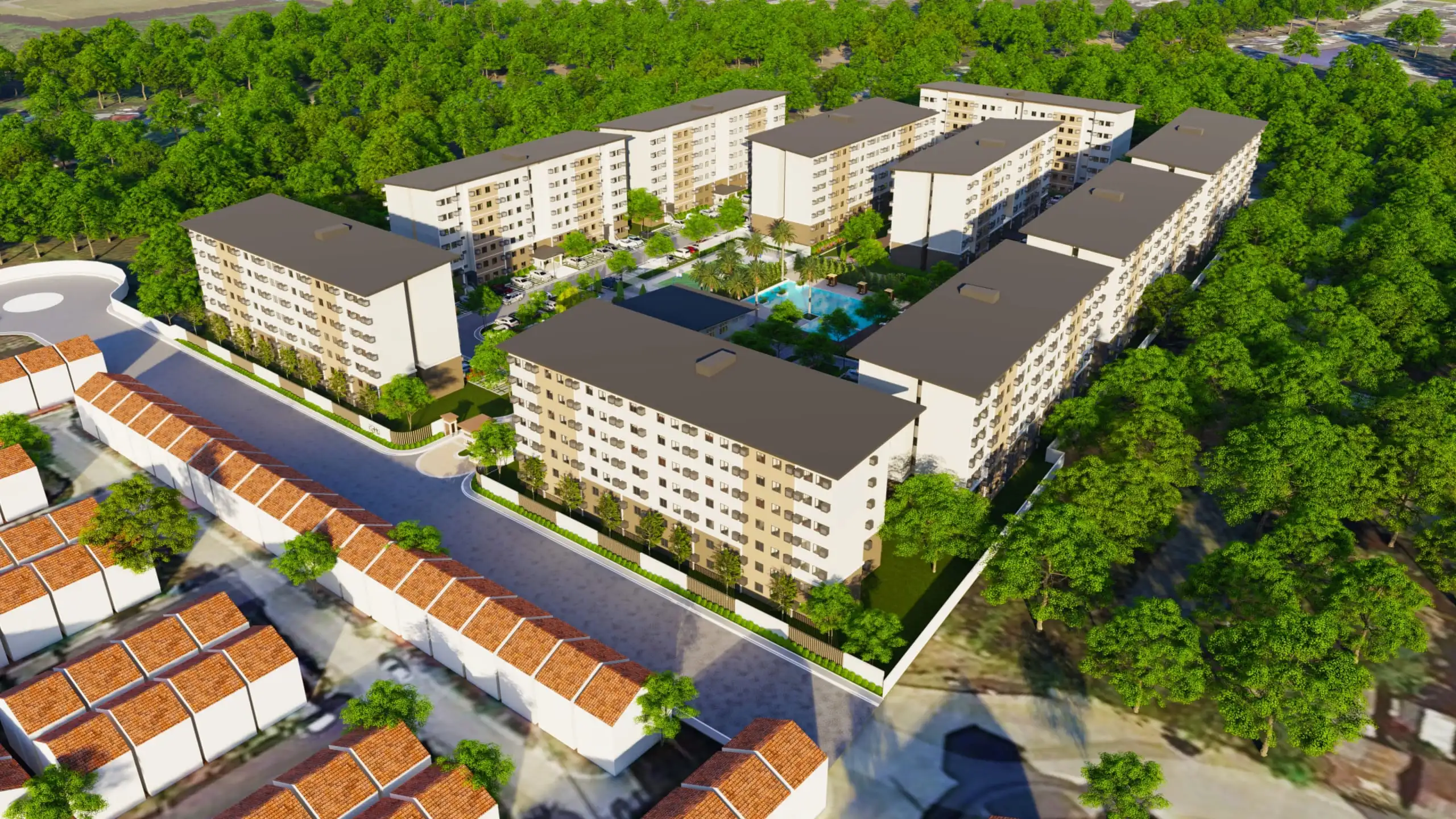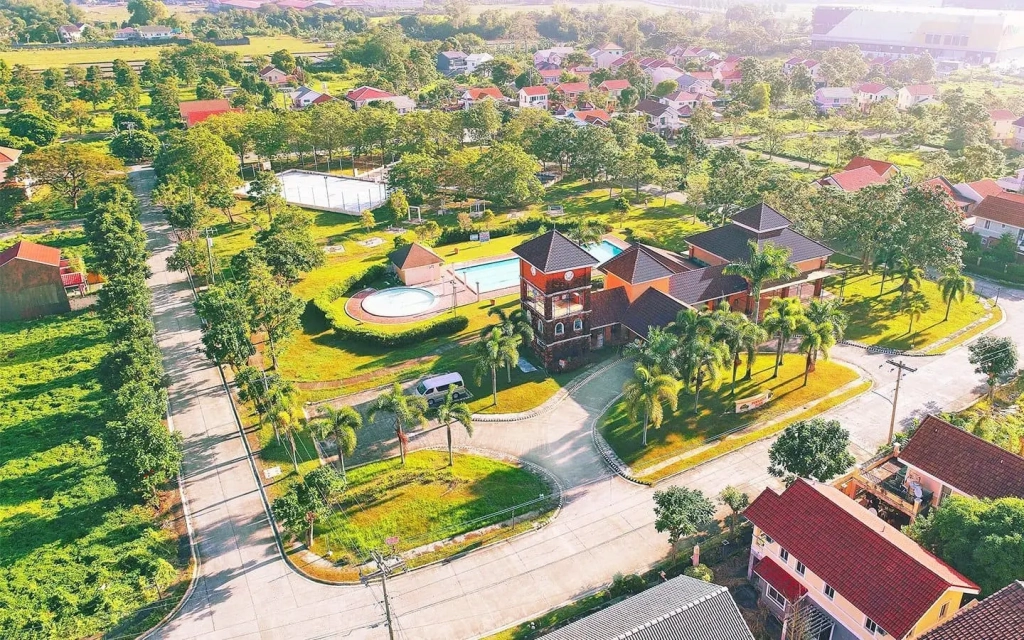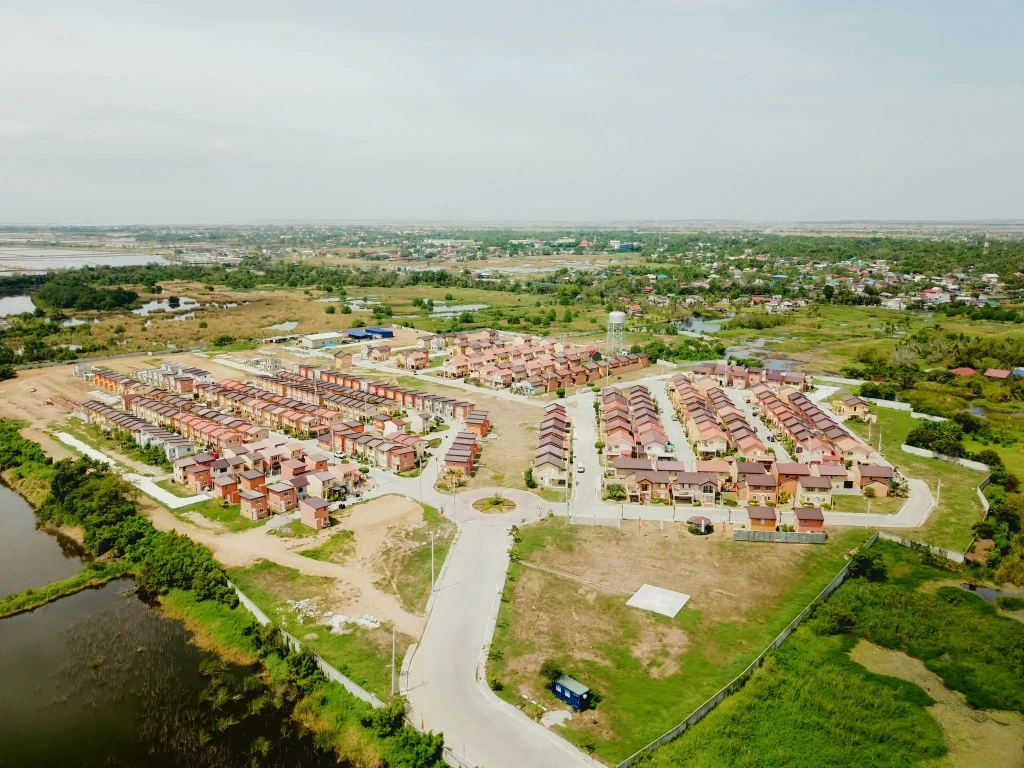The Effects of Urbanization on Rural Real Estate: A Comprehensive Analysis

The growth of cities has forever changed the landscape of the world, and not just in urban areas. The Effects of Urbanization on Rural Real Estate are multifaceted, impacting everything from property values to lifestyle choices and environmental considerations. Urbanization doesn’t just mold our cities; it reaches far beyond the city limits into rural areas, where it shapes real estate trends, socio-economic structures, and even the very fabric of rural life.
RELATED: The Emergence of Urban Farming and Community Gardens in Philippine Cities
The Effects of Urbanization on Rural Real Estate: An Overview
The Effects of Urbanization on Rural Real Estate might seem like a topic far removed from daily life, but it is at the core of many vital discussions surrounding our future. Urbanization, with its complex interplay between city expansion and rural transformation, affects everything from property values in distant countryside villages to the very way of life in small towns and farm communities.

Urbanization: Definition and History
Urbanization is the process of population shifting from rural to urban areas, and it’s not a new phenomenon. It’s been part and parcel of human civilization since the industrial revolution. However, the pace has accelerated, and the effects on rural real estate have become more pronounced in recent times. Urbanization shapes cities but also reshapes rural landscapes in ways that might surprise you.
The Impact of Urbanization on Rural Property Prices
Short-Term Fluctuations
It may seem counterintuitive, but urbanization often causes short-term fluctuations in rural property prices. As cities expand, nearby rural areas may see a sudden surge in demand, causing price spikes. Alternatively, a shift towards city living might lead to decreased demand in some rural areas, causing a temporary dip in prices.
Long-Term Trends
The long-term trends are where the real story unfolds. Urbanization often leads to consistent growth in rural property values in areas strategically located near expanding urban centers. Proximity to urban amenities combined with the allure of rural living creates a unique niche market that can drive substantial growth in property values.
Urban Sprawl and Its Effects on Rural Areas
Increased Infrastructure Needs
As urban areas creep into rural landscapes, infrastructure needs grow. Roads, utilities, and public services extend into formerly remote areas, often at significant cost and with complex logistical challenges.
Socio-Economic Effects on Rural Communities

Job Opportunities and Economic Growth
Urbanization can bring economic growth to rural areas. New businesses, manufacturing, and other employment opportunities may follow the urban expansion, providing jobs and stimulating local economies.
Challenges in Education and Healthcare
While economic growth is a potential benefit, challenges in education and healthcare often arise. The demand for urban-level services in rural areas can strain existing systems, leading to a need for investment and innovation in these crucial sectors.
Lifestyle Changes in Rural Areas
The shift in Cultural Norms
The blending of urban and rural lifestyles leads to a shift in cultural norms. Traditional rural practices and values may evolve as urban influences permeate rural communities.
Advancements in Technology and Connectivity
Urbanization often brings advancements in technology and connectivity to rural areas, bridging the digital divide and enabling rural communities to participate in the global economy.
Environmental Considerations
Impact on Natural Resources
Urban expansion into rural areas can strain natural resources. Water, minerals, and other essentials may become over-utilized, requiring careful management and sustainable practices.
Climate Change Implications
The conversion of rural land to urban use has implications for climate change. Deforestation, increased energy consumption, and other factors contribute to the global challenge of managing our planet’s climate.

Investment Opportunities in Rural Real Estate
Prospects for Investors
Investing in rural real estate presents unique opportunities, especially in areas affected by urbanization. Strategic investment in properties that may benefit from urban growth can yield substantial returns.
Risks and Challenges
While the opportunities are significant, the risks and challenges are equally important to consider. Market volatility, regulatory changes, and other factors must be carefully evaluated when investing in rural real estate.
Policies and Regulations
Government Interventions and Subsidies
Government policies play a vital role in shaping the effects of urbanization on rural real estate. Interventions, subsidies, and other tools can encourage or discourage various trends and developments.
Zoning Laws and Land Use Policies
Zoning laws and land use policies are key regulatory mechanisms that guide how urbanization impacts rural areas. These laws can either facilitate or hinder urban growth into rural regions, making them central to understanding and predicting real estate trends.
Migration Patterns: Urban to Rural
Motivations and Drivers
While much focus is on urbanization, a reverse trend of migration from urban to rural areas is also occurring. Understanding the motivations and drivers behind this movement is essential to grasp the dynamic interplay between urban and rural real estate markets.
Impact on Rural Real Estate Market
This reverse migration can have profound effects on the rural real estate market. Increased demand for rural properties can drive up prices and stimulate growth in previously stagnant areas.
Innovations in Rural Real Estate
Sustainable Building Practices
Innovation in rural real estate is not limited to technological advancements. Sustainable building practices are gaining traction in rural areas, reflecting a growing global emphasis on environmental stewardship.
Technological Integration
Technology is reshaping rural real estate, from smart homes to advanced farming techniques. These innovations bring urban-level conveniences to rural living, enhancing the appeal of rural properties.
The Interconnection of Urban and Rural Markets
Supply Chain and Commerce
Urbanization connects rural and urban markets in ways that go beyond real estate. Supply chains, commerce, and other economic activities are intertwined, creating a complex web of interdependencies.
Cultural Exchange
The cultural exchange between urban and rural areas enriches both, leading to a vibrant and diverse society that reflects the best of both worlds.
The Future of Rural Real Estate in an Urbanizing World
Predictions and Trends
What does the future hold for rural real estate in an increasingly urbanized world? Predictions and trends point to continued growth and transformation, with new opportunities and challenges on the horizon.
Strategic Planning for Sustainable Growth
Planning for the future requires a strategic approach. Sustainable growth that balances the needs of both urban and rural areas is key to a prosperous and harmonious future.
The Effects of Urbanization on Rural Real Estate is a complex and multifaceted subject that has far-reaching implications. As cities expand and the world becomes more interconnected, the interplay between urban and rural areas will continue to shape our lives in ways both subtle and profound.
Understanding this dynamic is crucial for anyone involved in real estate, planning, policy-making, or simply those interested in the future of our communities. By examining the various aspects of urbanization, from economic and social impacts to environmental considerations and investment opportunities, we can better prepare for a future that is both challenging and full of promise.
Urbanization doesn’t have to be a zero-sum game where cities win, and rural areas lose. With thoughtful planning, innovative thinking, and a willingness to learn from both successes and failures, we can create a future where urban and rural areas thrive together.
The Effects of Urbanization on Rural Real Estate is not just a topic for academics or industry professionals; it’s a subject that touches all of us, whether we live in a bustling city or a tranquil countryside. It’s a conversation we all need to be part of, as we shape the future of our world.
FAQs
What are the primary effects of urbanization on rural real estate?
The primary effects include changes in property prices, socioeconomic transformations, lifestyle shifts, environmental considerations, and new investment opportunities.
How does urbanization impact rural communities?
Urbanization impacts rural communities in various ways, from job opportunities and economic growth to challenges in education, healthcare, and cultural shifts.
Can urbanization benefit rural areas?
Yes, urbanization can bring benefits such as economic growth, technological advancements, and increased connectivity. However, it also presents challenges that must be carefully managed.
What are the environmental implications of urbanization in rural areas?
Environmental implications include the impact on natural resources, loss of agricultural land, and contributions to climate change.
Are there investment opportunities in rural real estate due to urbanization?
Yes, strategic investment in rural real estate affected by urbanization can yield significant returns, but it also comes with associated risks and challenges.
How do government policies influence the effects of urbanization on rural real estate?
Government policies, including interventions, subsidies, zoning laws, and land use policies, play a vital role in shaping how urbanization impacts rural areas.
Read more here: AllProperties Latest Blogs




